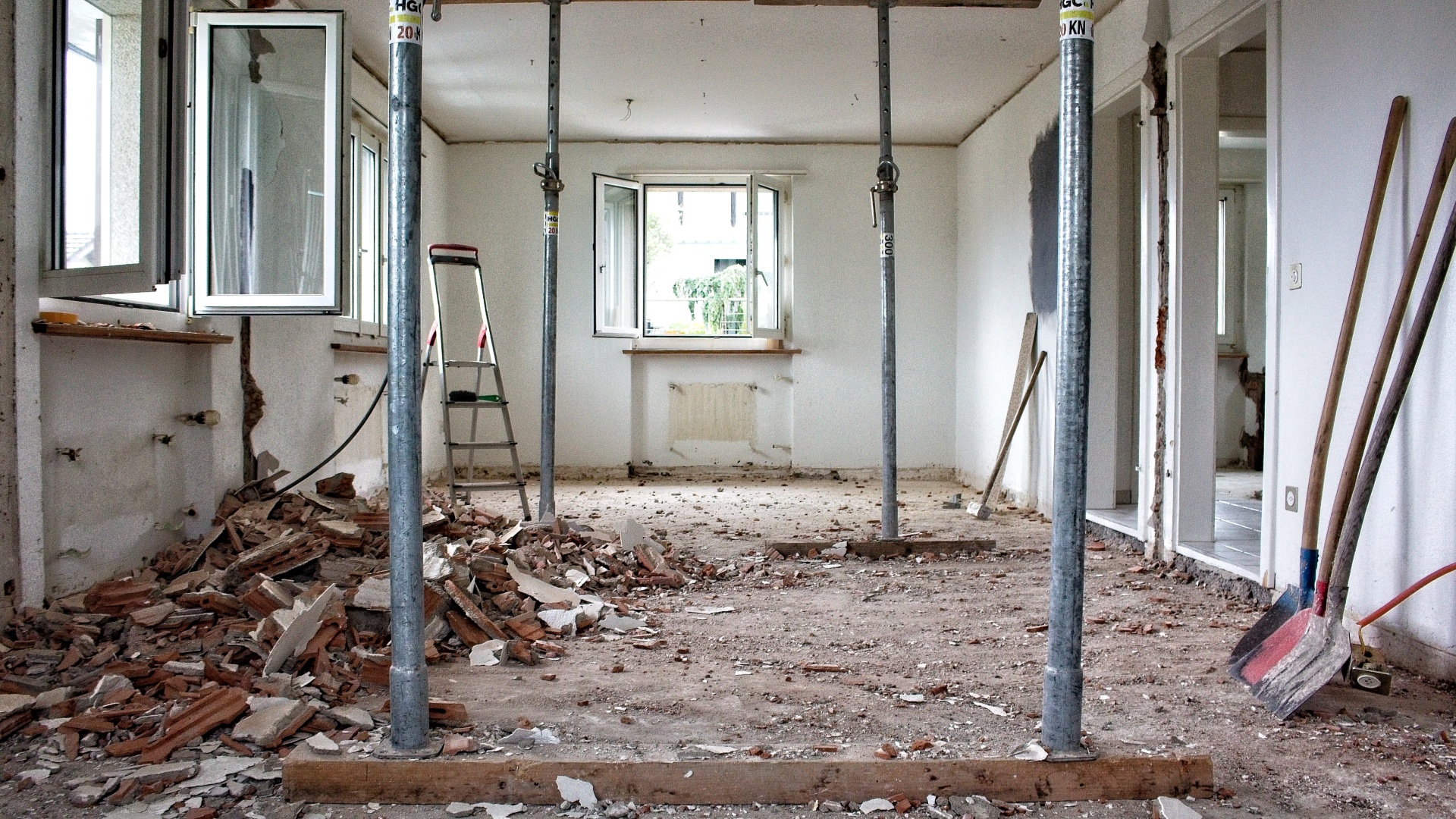Construction sites have many risks, but trench-related cave-ins are among the most dangerous. They don’t just put projects on hold—they can result in severe injuries, fatalities, and costly legal issues. These accidents are preventable.
Site managers can minimize risks and keep things running smoothly with solid planning, proper training, and protective systems. This guide breaks down essential strategies for eliminating cave-in risks on construction sites. Let’s get started.
What Are the Causes of Cave-Ins?
Several factors can contribute to trench instability. Below are some common causes, along with real-world examples, to help you recognize these risks on-site.
Soil Type and Stability Issues
Not all soil behaves the same when dug into, and some types are more prone to collapse. For example, clay-heavy soil can initially seem stable but hardens and cracks as it dries, making it unpredictable. On the other hand, sandy or loose soil offers little resistance from the start, increasing the chance of a trench caving in without warning. Knowing the soil type and stability is crucial before starting excavation. Some construction teams use Alpine Polymer Slurry as a stabilizing agent to keep trenches from collapsing in challenging conditions.
Impact of Weather Conditions
Heavy rain can soak the soil, making it soft and unstable, while sudden temperature changes can cause cracks and weaken trench walls. Even dry spells aren’t safe—parched ground can crumble without notice.
Vibrations From Nearby Equipment or Traffic
Operating heavy machinery too close to a trench can cause dangerous vibrations, weakening the trench walls over time. Even if workers follow all safety protocols inside the trench, vibrations from excavators, dump trucks, or passing vehicles can shake the ground enough to trigger a collapse. Site managers should monitor vibration levels carefully and set buffer zones between trenches and active equipment.
Depth and Width of Trenches
Trench walls must be properly supported, especially when digging below five feet. A common mistake is underestimating the need for reinforcement in narrow trenches, assuming the smaller width makes them safer. However, even a narrow trench can collapse if it’s deep enough. Shoring systems or trench boxes—even for smaller excavations—provide essential protection.
For more resources on trench safety and planning strategies, amicuscdp.com offers helpful tools and insights to guide construction managers through effective risk management.
The following are the ways to minimize cave-in risks and create a safer work environment on your construction site.
Perform Pre-Construction Planning and Risk Assessment
Pre-construction planning lays the foundation for a safe and efficient project. Here’s how site managers can effectively plan and assess risks to prevent cave-ins.
Map Out Underground Utilities and Obstacles
Before digging starts, it is essential to consult utility maps and use detection tools to locate pipes, electrical lines, and other buried infrastructure. Marking these elements beforehand prevents accidental strikes and avoids project delays, safety hazards, and costly repairs.
Create a Site-Specific Trench Safety Plan
Every trench is different, so the safety plan should be tailored to the site’s conditions. This plan outlines the depth of the trench, the protective systems used, and the inspection schedule throughout the project.
Establish Buffer Zones and Safe Routes
Pre-planning should also include setting up buffer zones around trenches to keep heavy equipment at a safe distance. Designating specific entry and exit points for workers ensures they don’t climb in or out of trenches in unsafe areas.
Assign Roles and Responsibilities
Effective planning involves assigning roles so everyone knows their responsibilities on-site. A competent person must be designated to inspect trenches daily and make decisions about safety.
Planning and risk assessments might seem tedious, but they’re critical to protecting workers and keeping projects on schedule.
Use the Right Protective Systems
Choosing the correct protective system is essential to prevent cave-ins and protect workers during excavation. Here are the most common protective systems and how they can be applied:
Shoring Systems
These use adjustable supports to brace trench walls, preventing soil from shifting. They’re ideal for trenches in unstable or soft soil where walls need reinforcement to stay intact.
Trench Boxes (Shielding Systems)
Trench boxes create a secure space inside the trench by absorbing pressure from the surrounding soil. Workers can safely perform tasks within the shielded area, even if the surrounding walls collapse.
Sloping and Benching
This technique involves cutting the trench walls at an angle or creating step-like benches to reduce pressure. Sloping works well in more stable soils, preventing the walls from giving way.
These protective measures ensure workers can operate safely without compromising the schedule, even in unexpected situations.
Implement Safe Practices During Excavation
Following safe practices during excavation helps minimize risks and ensures that workers remain protected. Below are key practices to implement during excavation:
Provide Safe Entry and Exit Points
Any trench deeper than four feet requires ladders, ramps, or steps to ensure workers can get in and out safely. These access points should always be within 25 feet of any worker to avoid unnecessary movement inside the trench.
Maintain a Safe Distance from Spoil Piles and Machinery
Heavy machinery and spoil piles should be kept at least two feet from the trench edge to prevent soil from falling back in or adding unnecessary pressure to the walls.
Inspect Trenches Regularly
Daily inspections by a competent person are essential to ensure conditions remain safe. Trenches should also be re-inspected after heavy rain, freezing, or any event that could compromise the walls.
Limit Time Spent Inside Trenches
Workers should only stay in a trench as long as necessary to complete tasks. The longer someone stays inside, the greater their exposure to potential risks.
Enforce Clear Communication and Emergency Procedures
Everyone must understand the safety protocols and know how to act in an emergency. Clear communication between team members ensures quick responses if something goes wrong.
By following these practices, construction teams can reduce the likelihood of accidents and ensure projects run smoothly.
Final Thoughts
Cave-ins are unpredictable, but they don’t have to be inevitable. A proactive approach to excavation safety protects lives and the integrity of your project. Take action now— because in construction, prevention is everything.












